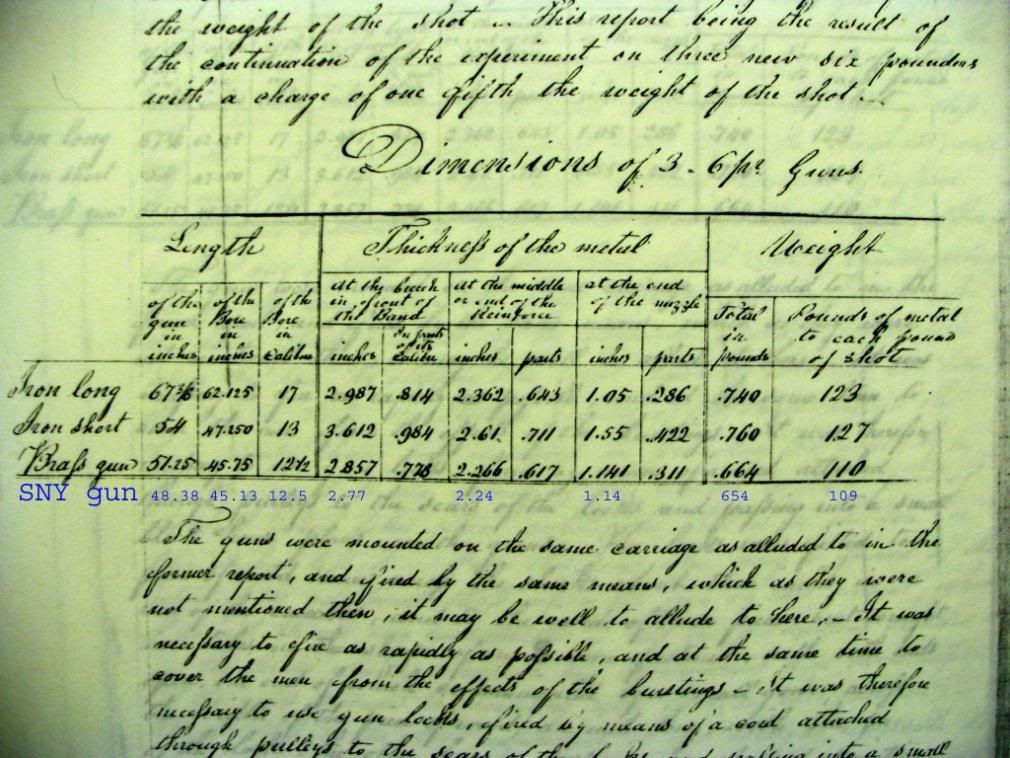We've been trying to find out the approximate date, model name, and founder of this New York Militia 6-pounder gun. About all we've found so far is that the SNY logo on the breech is very similar to the logo we've seen on some SNY artillery beltplates, so we're fairly sure this is a NY Militia gun.
The gun is 5 feet long, weighs about 650 lbs., and is only marked with the SNY logo, the number "6" on the chase, and the weight marks on the breechface (in old hundredweight style.)
The breech mouldings have been cut in a few places so a Hidden-type percussion lock would fit. That tells us it was probably still in use ca. 1845.
We've contacted the New York State archives with no results. The New York National Guard history office has no information. Can you help?
Here's a little slideshow we did.
http://s17.photobucket.com/albums/b6...t=8f1f9892.pbw
There's a pic of the beltplate with a similar logo on this gentleman's site:
http://www.corinthcivilwarrelics.com/pwbuckle11.html




 Reply With Quote
Reply With Quote


Bookmarks